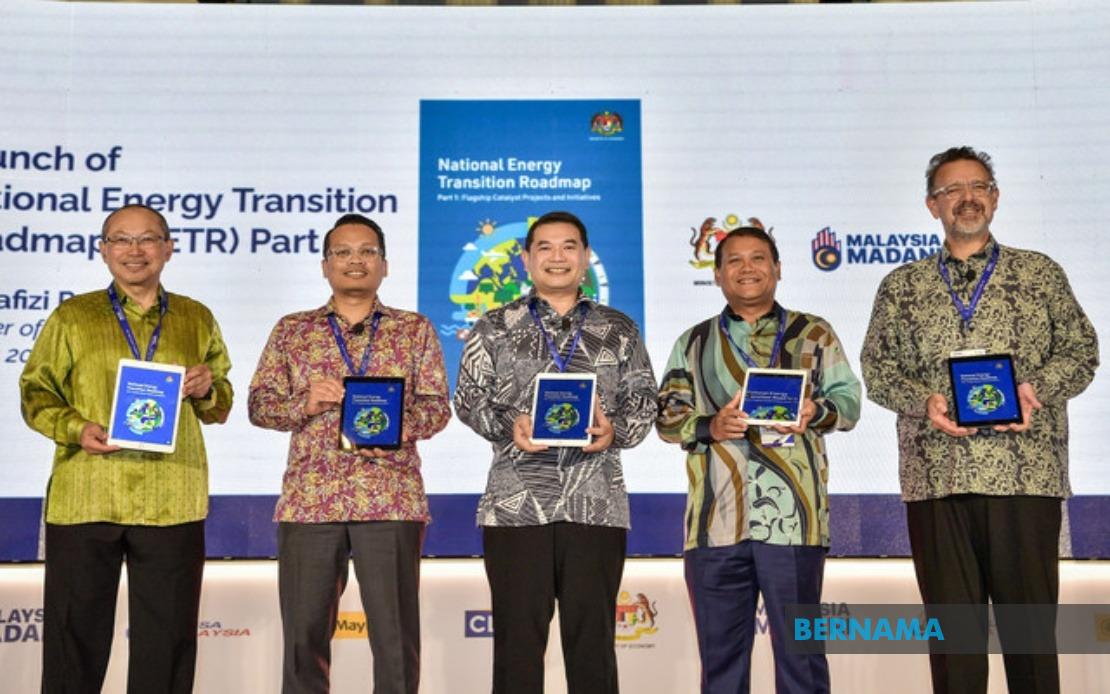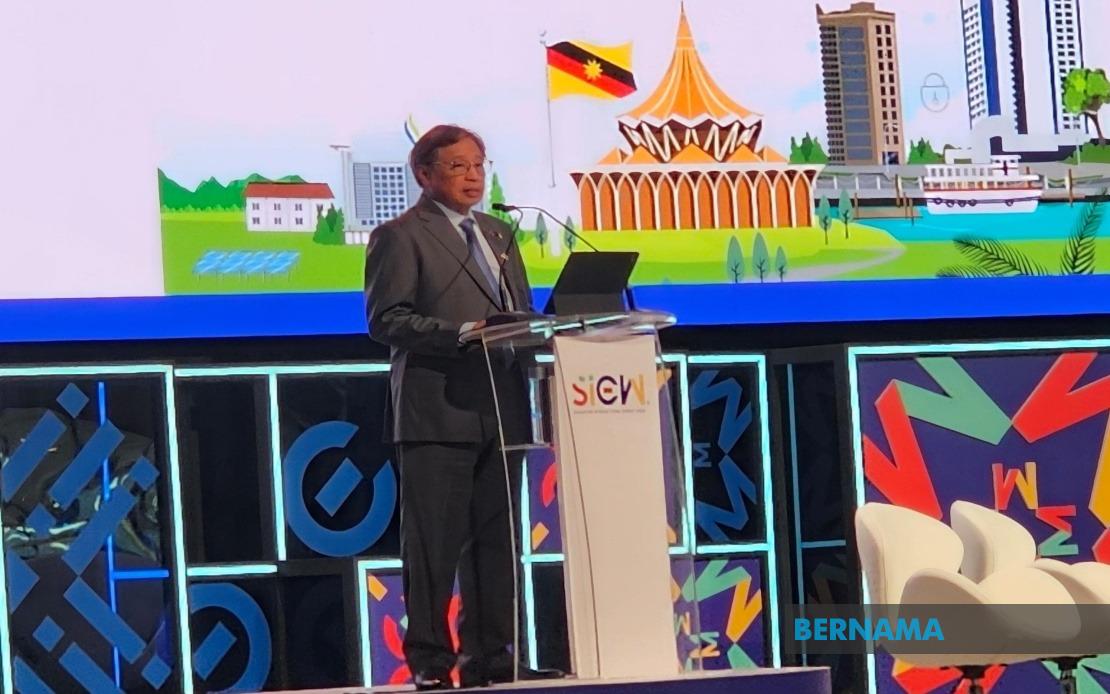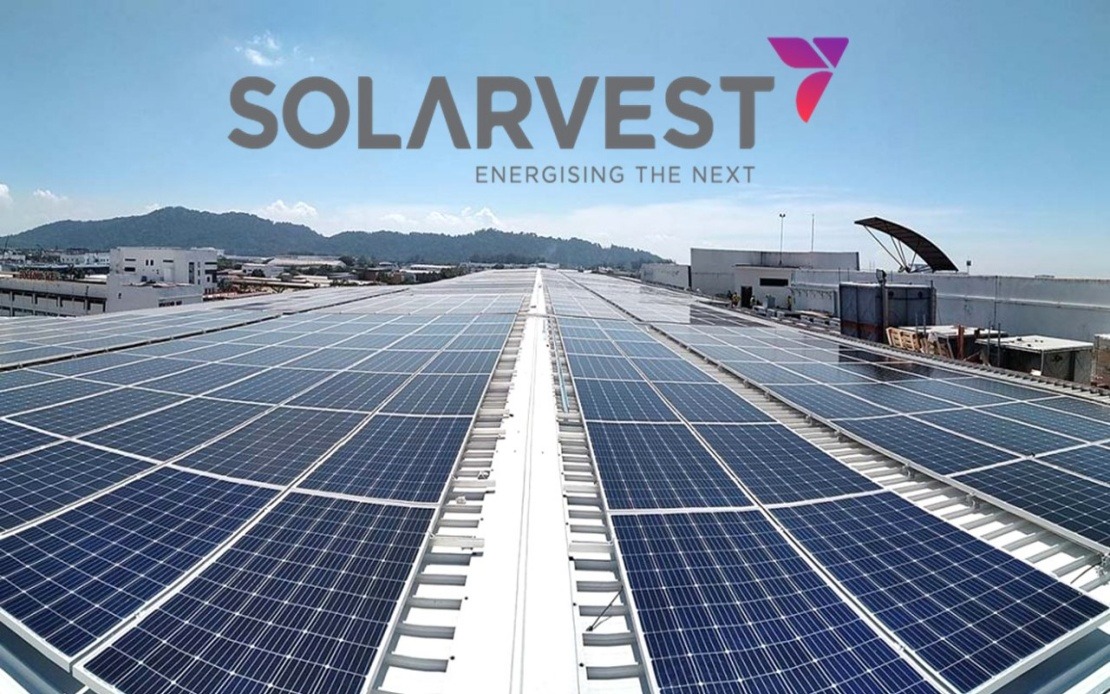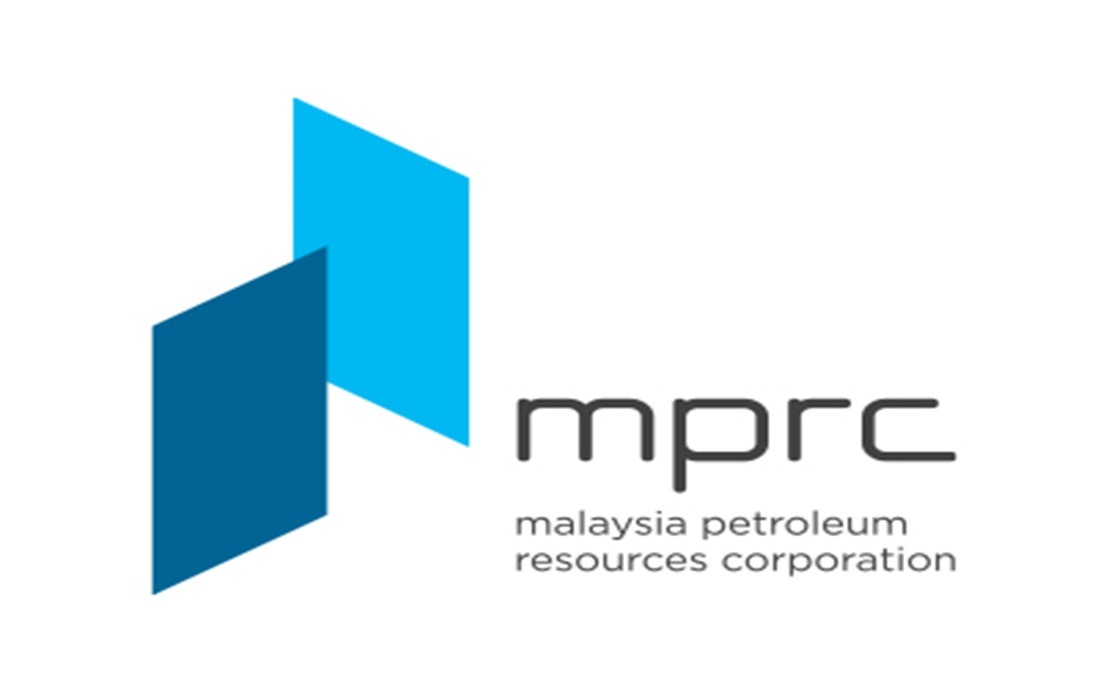News
Netr Complements National Energy Policy - Mprc Ceo
By Siti Radziah Hamzah
KUALA LUMPUR, July 30 (Bernama) -- The National Energy Transition Roadmap (NETR) is seen as complementary to the National Energy Policy and could expedite Malaysia’s aspiration towards Net Carbon Zero Emission by 2050.
Malaysia Petroleum Resources Corporation (MPRC) president and chief executive officer (CEO) Mohd Yazid Ja’afar said discipline was needed to execute the needed processes and make the commitment to the roadmap a success.
“At the end of the day, it depends on the execution. If we stick to our execution plan, we can be as good as our neighbours. We would be (even better).
“Something has to change. In terms of discipline, it is always there. That is maybe a common theme to make sure what we plan, we follow up, and we adjust accordingly,” he told Bernama in a recent interview.
On Thursday, Malaysia unveiled phase one of the NETR, which detailed 10 flagship catalyst projects and initiatives that could open up energy transition investment opportunities between RM435 billion to RM1.85 trillion by 2050.

Minister of Economy Rafizi Ramli (centre) after the launching of National Energy Transition Roadmap (NETR) on July 27. Also present are (from left) Bursa Malaysia Chairman Tan Sri Wahid Omar, Minister of Natural Resources, Environment & Climate Change Nik Nazmi Nik Ahmad, Ministry of Economy Secretary General Datuk Nor Azmie Diron and Bursa Malaysia Chief Executive Officer Datuk Muhamad Umar Swift.
For phase one of NETR, the total committed investments were RM25 billion, estimated to create 23,000 high-impact, high-quality jobs and reduce 10,000 gigagrams of carbon dioxide equivalent annually.
The six key energy transition levers are energy efficiency, renewable energy, hydrogen, bioenergy, green mobility, and carbon capture, utilisation, and storage (CCUS).
Phase two of NETR is expected to be launched in a month and will focus on establishing the low carbon pathway, national energy mix, and emission reduction targets, as well as the enablers needed
Economy Minister Rafizi Ramli said the NETR was not only a document that contained interim measures to meet the country’s net-zero target but a combination of strategies and initiatives that could transform our economy, livelihoods, and our place in the world.
Just two months ago, the Ministry of Economy and the Ministry of Natural Resources, Environment, and Climate Change made a few pivotal policy decisions that went under the radar.
Both ministries lifted the export ban on renewable energy (RE) to increase the potential yield that could be obtained by companies that participate in this transition.
They also announced the establishment of a central electricity exchange that would be operated by a single-market aggregator to ensure prices are fair and transparent.
To double down on its commitment, the government stretched its (RE) installed capacity targets by nearly two times, to 70 per cent by 2050 from 40 per cent.
The newly launched NETR also would allow the government to focus on allowing more large-scale integrated urban housing developments to include solar rooftops in their pricing packages to enable property players to look into energy storage solutions.
Rafizi said the government would work with Sime Darby Property Bhd as solar rooftop projects could only be pulled off commercially in large-scale housing projects without government funding.
In its research note on Friday, RHB Research said it was upbeat about developers’ participation in the NETR.
“Provided the developers currently or likely involved in solar power generation are able to sort out the capex/financing required (potentially via joint ventures), we think this represents a good opportunity for those with massive landbank to utilise some of their non-core lands, especially remote plots usually left vacant,” it added.
Sime Darby Property was featured as one of the companies planning to incorporate rooftop solar solutions for its property products going forward, and it is also exploring to commission utility-scale ground-mounted solar farms in Jerai, Kedah (147.71 hectares) and Pagoh, Johor (256.98 hectares), with a virtual offtake by high-demand users.
“We are upbeat on the initiative given that the company, one of the largest developers with a massive landbank in Malaysia, will be able to utilise and “monetise” its non-core land. Sime Darby Property will potentially be the generator, distributor and off-taker of solar energy, and the power will be supplied to Elmina Lakeside Mall and Elmina Business Park.
“However, the required capital expenditure for the commissioning is still unclear, and we believe the company may potentially joint venture,” said RHB Research.
-- BERNAMA
Other News
Sarawak Lepasi Sasaran Kapasiti Gabungan Tenaga Boleh Baharu Tahun Ini - Abang Johari

Oleh Nur Ashikin Abdul Aziz
SINGAPURA, 21 Okt (Bernama) -- Sarawak mencapai 62 peratus sasaran campuran kapasiti tenaga boleh baharu (TBB) tahun ini, melepasi sasaran 60 peratus yang digariskan dalam Strategi Pembangunan Pasca COVID-19 (PCDS) 2030.
Sarawak Pacu Pertumbuhan Tenaga Boleh Diperbaharui Untuk Manfaat ASEAN - Premier

SINGAPURA, 21 Okt (Bernama) -- Sarawak komited menyokong peralihan tenaga boleh diperbaharui di Asia Tenggara dengan memanfaatkan potensinya sebagai "Bateri ASEAN," yang akan membekalkan tenaga bersih menerusi sambungan Grid Kuasa Borneo dan ASEAN.
Belanjawan 2025 Percepat Peralihan Kepada Tenaga Bersih - Solarvest

KUALA LUMPUR, 19 Okt (Bernama) -- Belanjawan 2025 merupakan satu langkah ke arah mempercepat peralihan kepada tenaga bersih di Malaysia, kata Solarvest Holdings Bhd.
© 2025 BERNAMA. All Rights Reserved.
Disclaimer | Privacy Policy | Security Policy This material may not be published, broadcast,
rewritten or redistributed in any form except with the prior written permission of BERNAMA.
Contact us :
General [ +603-2693 9933, helpdesk@bernama.com ]
Product/Service Enquiries [ +603-2050 4466, digitalsales@bernama.com ]
